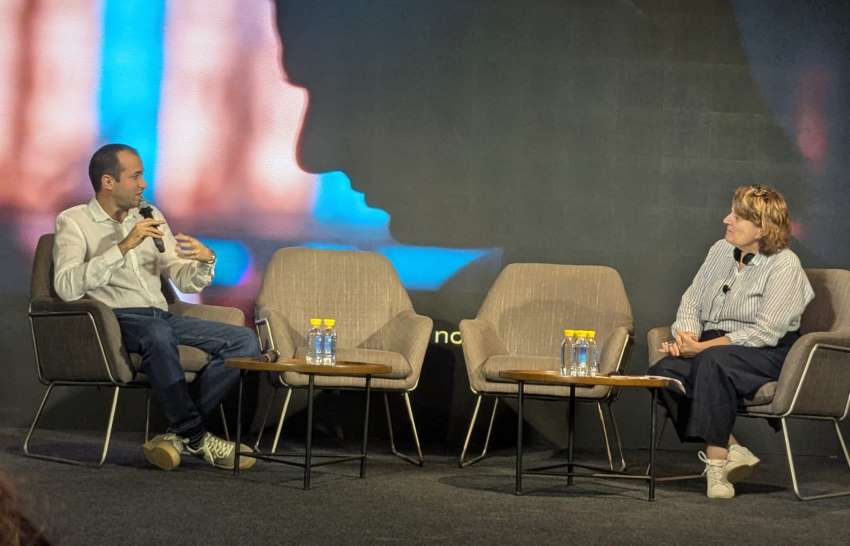
India, the world's leading cotton producer, finds itself at a critical juncture. Despite its vast output, cotton ginners are grappling with a pervasive issue: inconsistent fiber quality testing. This lack of standardization has long plagued the textile supply chain, eroding trust and hampering efficiency. However, a major shift is underway, with the Bureau of Indian Standards (BIS) ready to revolutionize the sector, offering a golden opportunity for ginners to boost their game and make ‘Made in India’ cotton the global gold standard.
The current scenario is marked by a ‘calibration chaos’. Spinning mills, the primary consumers of ginned cotton, often employ diverse methodologies for calibrating crucial testing equipment like High Volume Instruments (HVI). This leads to a disconnect in quality reports, leaving ginners in a bind and creating a ripple effect of uncertainty throughout the value chain. As the proverb goes, "You can't manage what you don't measure," and without a consistent measurement, the Indian cotton industry has struggled to present a unified front of quality.
Why BIS matters
In a much-needed reprieve for India’s cotton industry, the government has postponed the implementation of the Bureau of Indian Standards (BIS) Quality Control Order (QCO) for cotton bales to August 2026. While this delay offers breathing room to ginners struggling to meet the new mandates, it also marks a crucial opportunity—a chance to prepare for a more transparent, efficient, and globally competitive cotton ecosystem.
For decades, India’s cotton sector has grappled with quality inconsistencies, inefficiencies, and mistrust between stakeholders. The BIS standards, though stringent, aim to rectify these longstanding issues. At the heart of this regulatory shift lies the promise of standardized testing and certification—a framework that could redefine industry norms from the ginning floor to international trade negotiations.
One of the most immediate impacts of BIS compliance will be increased trust and transparency. Spinning mills, which rely on the integrity of cotton bale inputs, have often faced challenges due to wide quality variations. With a standardized certification process, mills can be confident that the cotton they receive meets specific and consistent benchmarks. This assurance is expected to reduce disputes, streamline procurement, and strengthen relationships across the supply chain.
But the benefits extend beyond trust. Accurate fiber testing at the ginning stage will drastically improve operational efficiency. By identifying quality issues early, ginners can reduce the need for re-processing or rejection down the line—a move that promises significant savings and a reduction in material waste. For an industry under pressure from rising costs, this is no small advantage.
The stakes are even higher on the global stage. In 2023-24, India’s cotton exports touched $2.8 billion. While the Ministry of Textiles acknowledges a decline in overall cotton textile exports that year, the value of raw cotton remains substantial. In a market where global buyers demand consistency, adherence to BIS standards could serve as a powerful differentiator. Reliable quality is not just a competitive edge—it’s an expectation. Meeting it could help India consolidate, and even expand, its presence in key export markets.
And most importantly, the QCO extension offers a critical incentive for technological advancement. As ginners move to align with BIS norms, many will be compelled to upgrade their equipment, adopt modern testing technologies, and implement global best practices. This transition, though challenging, has the potential to transform the sector—not just in terms of output quality, but in productivity, sustainability, and long-term resilience.
The clock is ticking toward August 2026. But instead of seeing this deadline as a hurdle, the industry now has a window of opportunity—to rebuild its foundations with quality and trust at the core. The BIS mandate may well become a defining moment for India’s cotton story—one that reshapes how the world sees Indian cotton, and how India sees its own potential.
The science of precision
The importance of precise calibration cannot be overstated. The BIS's own Handbook of Textile Testing (SP 15, Part 1: 1989) underscores that proper calibration can limit errors in fiber fineness measurements to as low as 2 per cent. Fiber fineness, along with other parameters like strength and length, directly impacts yarn quality and the final fabric's characteristics. Inconsistent HVI readings directly translate to variability in these crucial fiber properties, making it challenging for mills to predict yarn performance.
Meanwhile, the South India Textile Research Association (SITRA), a recognized Centre of Excellence for Medical Textiles and a CDSCO-approved lab, exemplifies the transformative power of standardization. Their success in a highly regulated segment like medical textiles highlights the potential for similar quality revolutions in the broader cotton industry. However, the disparity in HVI calibration across different spinning mills remains a hurdle.
Actionable insights for ginners
The August 2026 deadline for QCO implementation offers a critical opportunity for Indian ginners to prepare. Here are some actionable insights to help them navigate this transition:
Embrace BIS certification: Ginners should proactively test cotton samples at BIS-recognized laboratories like NITRA (Northern India Textile Research Association) or SITRA to benchmark their current quality. Applying for BIS certification, allowing them to use the Standard Mark and ensuring compliance with standards such as IS 1424 (Cotton Canvas) and especially IS 12171:2019 for cotton bales, is crucial. This will signify adherence to defined quality parameters including fiber length, strength, micronaire, and trash content.
Collaborate for calibration consensus: To address the ‘calibration chaos’ ginners must actively partner with their buyer mills. This collaboration should aim to align their testing protocols with BIS guidelines, thereby minimizing discrepancies in quality reports. Utilizing NABL (National Accreditation Board for Testing and Calibration Laboratories) accredited labs for all testing will further ensure consistent and reliable results.
Invest in skill development and knowledge: Staying abreast of the latest testing methodologies and quality control practices is vital. Ginners should leverage opportunities like BIS's interactive sessions (held Monday, Wednesday, Friday, 2:00–3:00 PM IST) and industry events such as the 2025 Textile Testing Workshop at G.B. Pant University to upskill their workforce and network with experts.
Champion industry-wide standards: Collaborating with industry bodies like Texprocil (Cotton Textile Export Promotion Council) and ATIRA (Ahmedabad Textile Industry's Research Association) is essential to advocate for and establish industry-wide calibration standards. These research associations have extensive expertise and NABL-approved laboratories, making them valuable partners in streamlining the supply chain and promoting a culture of quality.
Thus the move towards BIS standards is not merely a regulatory compliance exercise; it's an investment in the future of Indian cotton. By embracing standardized testing and quality control, ginners can transform their operations, enhance their reputation, and contribute significantly to India's cotton export ambitions.
Table: Cotton export data (2023-24, Provisional)
|
Category |
Value ($ mn) |
% Change from 2021-22 |
|
Cotton Textile Exports (Overall) |
12,258 |
-29% |
|
Cotton Fabrics and Made-ups |
- |
-19% |
|
Cotton Yarn Exports |
- |
-31% |
|
Raw Cotton Exports |
- |
-60% |
Note: Specific values for cotton fabrics, made-ups, yarn, and raw cotton exports for 2023-24 within the overall cotton textile exports of $12,258 million were not fully available in the provided context, only percentage changes from 2021-22.
The table, while showing a decline in overall cotton textile exports in 2023-24 compared to 2021-22, underscore the substantial economic contribution of this sector. Improving quality consistency through BIS standards is a critical step towards reversing this trend and driving future growth.
The question remains: Can India's cotton bales truly become the "gold standard" in the global market? The answer lies in the collective commitment of ginners, mills, and regulatory bodies to embrace and implement the rigorous quality control measures championed by BIS. It’s a challenge, but with the right strategic approach and a focus on precision, India's cotton industry can indeed weave a future of unparalleled quality and global recognition.












